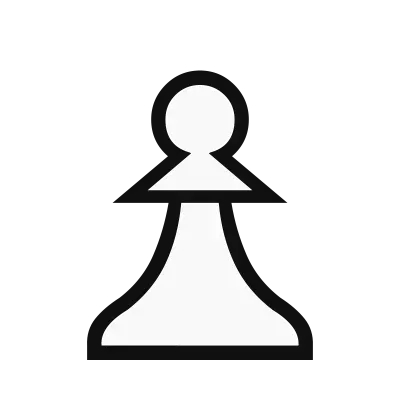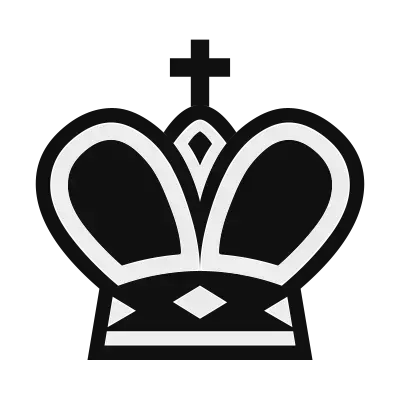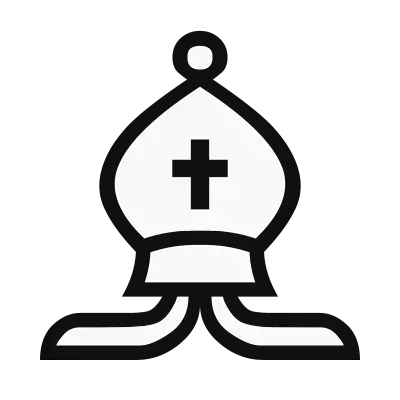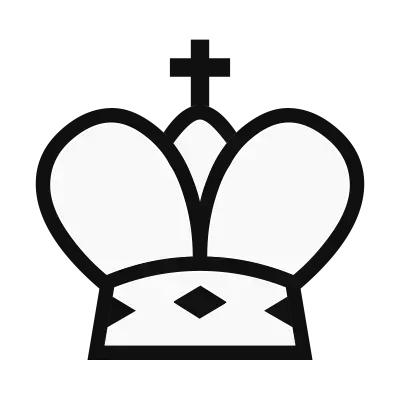Analyze any chess game for free in our Chess analysis board using the most popular chess engine “Stockfish”. Our analysis board has many features that you can use for free and as long as you like.
If you want to analyze multiple games at once then visit our Multiple Chess Games Analyzer.
Analyzing your chess games is one of the most effective ways to improve your gameplay. By analyzing your games, you can identify your weaknesses, learn from your mistakes, and develop your own approach to game analysis. In this article, we will provide you with a step-by-step guide on how to analyze your games effectively and improve your overall gameplay.
Here you can do the following.
|  |
How To Analyze a chess game?
Step 1: Record your games
The first step in analyzing your chess games is to record them. You can use a physical chessboard and pieces or a digital platform like Chess.com or lichess.org to record your games. Recording your games allows you to revisit them later and analyze them in detail.
Step 2: Replay and annotate your games
Once you have recorded your games, the next step is to replay them and annotate your moves. Annotation involves adding comments, variations, and evaluations to your moves. You can use chess notation to annotate your games or use a digital platform that provides an annotation tool.
Step 3: Identify mistakes and missed opportunities
After annotating your games, the next step is to identify your mistakes and missed opportunities. Look for moves that led to a disadvantageous position or missed chances to gain an advantage. Identify the critical moments in the game where a different move could have changed the outcome.
Step 4: Analyze your opponent's moves
In addition to analyzing your own moves, it's also important to analyze your opponent's moves. Look for patterns in their play and try to understand their strategy. This will help you anticipate their moves in future games and develop your own strategy.
Step 5: Learn from your analysis
The final step in analyzing your chess games is to learn from your analysis. Use the insights you gain from analyzing your games to improve your overall gameplay. Focus on improving the areas where you made mistakes or missed opportunities. Use the strategies you learned from analyzing your opponent's moves to develop your own approach to the game.
How do we classify the moves?
Moves are classified by comparing the eval score of the previous and current move. Below are the strategies to classify the moves
Best Move: Best moves are suggested by the engine. Also, if the eval score is improved by ≤ 0.5 when the engine suggests another move as best then this move is also regarded as the best move

Brilliant move: When the engine suggests the best move other than the played move and yet the eval score improves by more than 0.5 then the move is considered a Brilliant move.

Good Move: Good moves are moves where the eval marginally degrades by at most 0.2

Dubious Move: Dubious moves are not mistakes, you may consider these moves as experiments or interesting ideas. A move is classified as a dubious move if the eval degrades by less than 0.5 eval point

Mistakes: A move is classified as a Mistake if the eval degrades by less than 1.99 eval point

Blunder: A move is classified as a Mistake if the eval degrades by more than 2 eval points

Book Move: A move is classified as a book move if it follows an opening theory.















